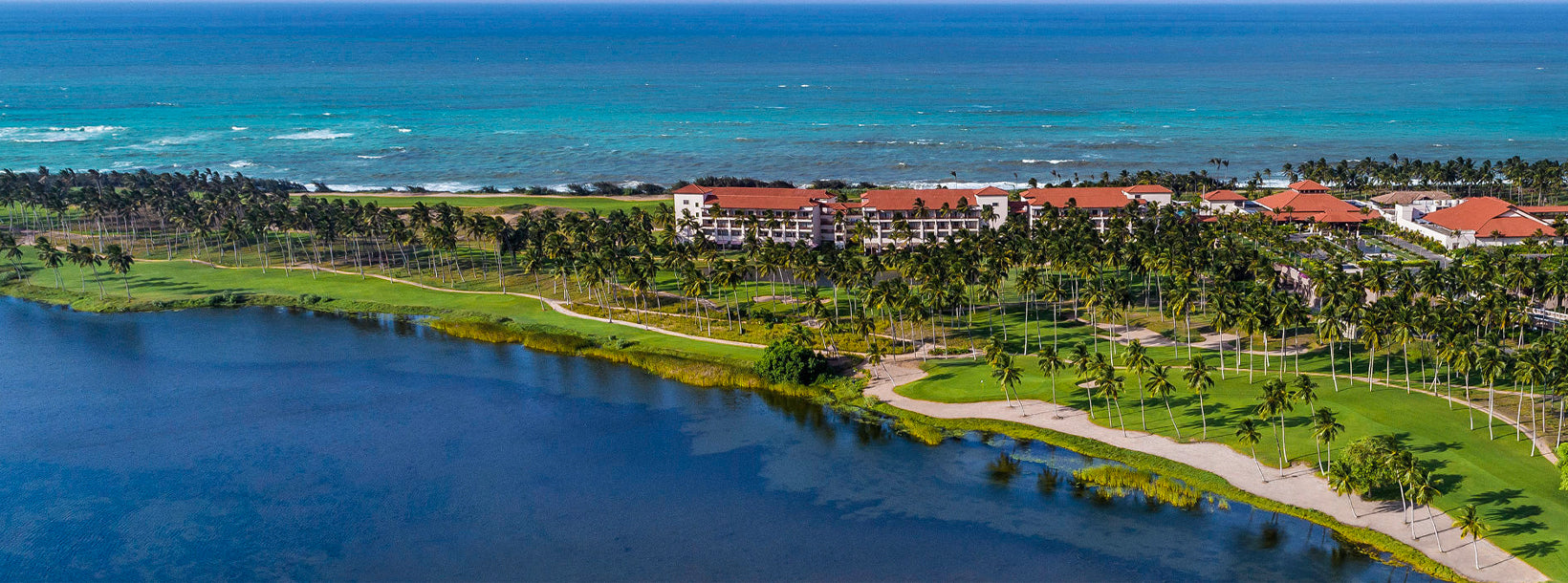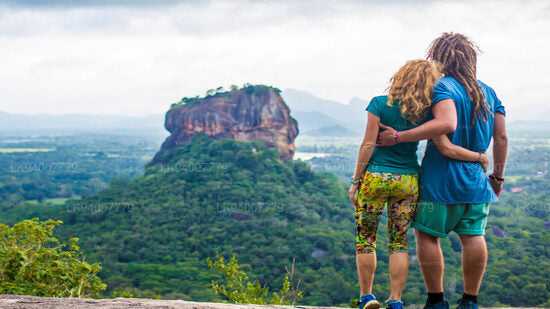
Ville de Hambantota
Hambantota, a port city in southern Sri Lanka, boasts strategic maritime significance. Known for its deep-water port, it plays a pivotal role in global trade routes, particularly for transshipment. The city also features emerging industrial and tourism sectors, contributing to its economic development.
Ussangoda
Ussangoda National Park is a Sri Lankan national park and designated archaeological site, situated on the Colombo – Kataragama road near Ambalantota – Nonagama Junction in Hambantota District. It is located in the southern sea turtle breeding zones. Ussangoda is a patch of high ground by the sea and spreads over a significant area. Unlike the rest of the land surrounding, it is only covered with grass and a few pockets of pigmy forests. The summit of Ussangoda area pans like a plateau for a significant length
Geological and archaeological importance.Ussangoda is known for its unusual placement by soil structure, flora, and location. There are many folk stories related to this site which include different takes about the land. General belief is that it is a part of a meteor or a proximity to a meteor hit. The main rationale for this belief is the soils brick-like hard quality with a reddish colour which is unique to this patch of land. Some rocks and soil layers contain what some speculate to be remnants of an extreme heat (that can be caused by an event such as a meteor hit). It is also suspected that the soil has a high concentration of minerals/metals giving its unique colour. In several places, especially by the sea facing areas rocks and soil can be observed clearly having multiple layers usually with distinct colourization. It is however unclear whether these speculations have been tested in any proper scientific study at all. It can be also noticed that Ussangoda is located geographically closer to another archaeological site "Miniha Gal Kanda", where evidence for pre-historic human existence has been found.
The rock debris has high iron concentration. Magnets attract them
LegendThere are several legends related to the area. The site is considered a sacred/forbidden ground for general affairs in local lore. One popular belief is that Ussangoda is a ground of the local demi-god "Mangara". Other beliefs range from religiously rooted backgrounds to the unwritten/alternate history related to Ravana. According to Hindu puranas, Ussangoda was one of the landing strips of Ravana's Pushpaka vimana.
Ussangoda National ParkUssangoda National Park was created in 2010. The objectives of establishing the new national park are providing long term protection for the area's biological, archaeological and geographical values. The park borders the Kalametiya Wildlife Sanctuary in the east.
À propos du district de Hambantota
Hambantota est une ville rurale située sur la côte sud-est du Sri Lanka. C'est également la capitale du district de Hambantota, dans la province du Sud du Sri Lanka. Située à environ 240 km de Colombo, Hambantota est en pleine transformation pour devenir un port stratégique et un centre commercial, bénéficiant d'un important développement d'infrastructures. Bordée de vastes plages de sable fin, Hambantota est un emplacement idéal pour visiter les sites touristiques environnants.
Le parc national de Bundala se trouve à 20 km à l'est de Hambantota et le sanctuaire de Weerawila un peu plus loin. Le parc national de Ruhuna et le temple de Kataragama sont d'autres attractions facilement accessibles depuis cette ville.
À propos de la province du Sud
La province du Sud du Sri Lanka est une petite zone géographique composée des districts de Galle, Matara et Hambantota. L'agriculture de subsistance et la pêche constituent les principales sources de revenus de la grande majorité des habitants de cette région.
Les sites importants de la province du Sud comprennent les sanctuaires fauniques des parcs nationaux de Yala et d'Udawalawe, la ville sainte de Kataragama et les anciennes cités de Tissamaharama, Kirinda et Galle. (Bien que Galle soit une ville ancienne, presque rien ne subsiste d'avant l'invasion portugaise.) Pendant la période portugaise, deux célèbres poètes cinghalais, Andare, originaire de Dickwella, et Gajaman Nona, originaire de Denipitiya, dans le district de Matara, composaient des poèmes sur l'homme ordinaire.










